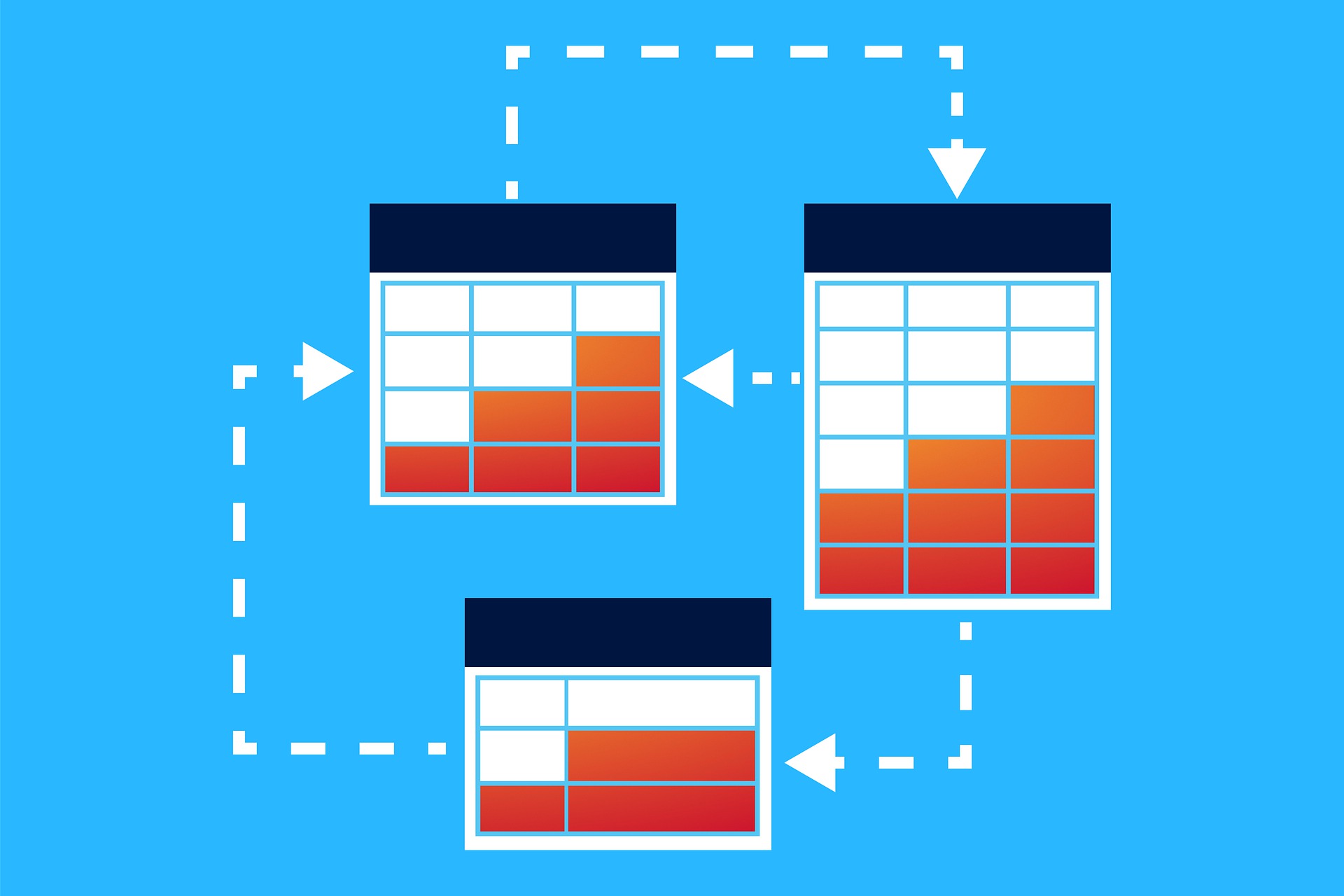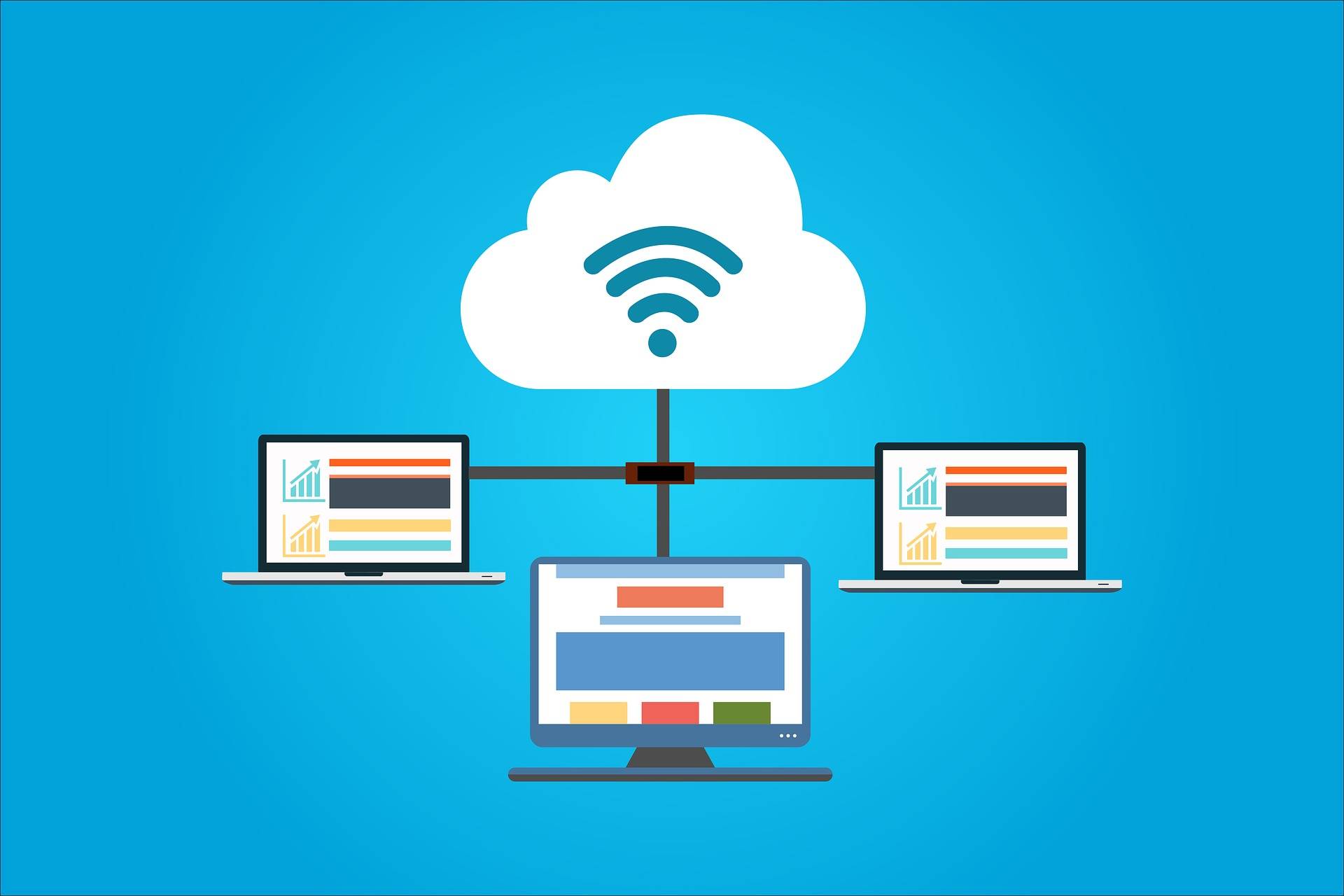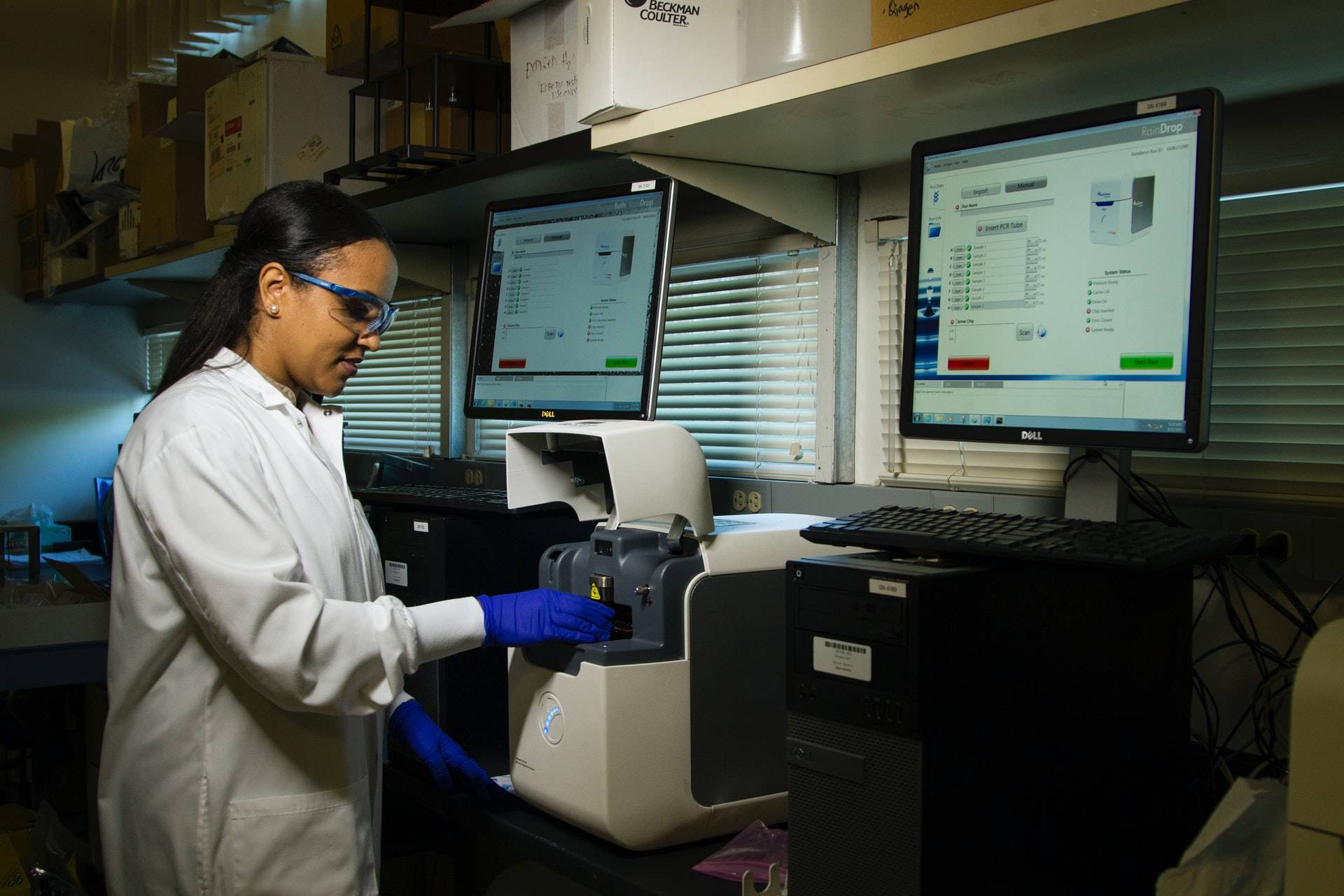Position your medical device for EHR integration with Cloud Connectivity
An Essential Primer for Medical Device Makers Looking to Serve the Multi-Billion Dollar Global EHR Market with Cloud Connectivity.
Business opportunity of EHR integration
Electronic Health Record (EHR) systems used in hospitals, office-based physician practices, and physical therapy (PT) facilities represent a promising, highly lucrative market opportunity for medical device manufacturers.
In this article, we identify the opportunity for manufacturers to integrate their medical devices with EHR systems. We identify the opportunity, including market size potential and how medical device manufactures can build their case by delivering value to an EHR system provider. Also, we present how their devices can address three key areas impacting EHR performance.
The most recent data from The Office of the National Coordinator for Health Information Technology reports that acute care hospitals with certified health IT implementation are approaching 100 percent. And nearly 9 in 10 (86%) of office-based physicians had adopted any EHR, while nearly 4 in 5 (80%) had adopted a certified EHR. A certified EHR meets the Secretary of Health and Human Services’ minimum standards for security and functionality.
At the same time, medical devices — from hospital imaging equipment to implantable pacemakers and infusion pumps — are becoming a key part of healthcare infrastructure.
Medical devices play a vital role in patient health—monitoring, diagnosis, and treatment. They can be found almost anywhere in the hospital to remotely monitor and sometimes treat patients with diabetic, cardio, and neurological conditions, among others. The average patient room for example contains nearly 15-20 connected devices.
By performing a variety of tasks, including monitoring vitals, improving diagnostics, regulating prescription dosages, the “Internet of Medical Things” (IoMT) can increase clinical accuracy. It also has the potential to improve reimbursement rates and lower patient readmissions.
The growth of cloud services and the greater reliance on IoMT devices are compelling EHR vendors to develop connectivity strategies with device manufacturers.
Consider athenahealth, a leading national provider of network-enabled services and mobile apps for medical groups and health systems.
As Neeti Gupta, Executive Director – Partners at athenahealth observed, “We are seeing more medical devices in the market than ever before, and our research shows a significant amount of industry investment is going towards medical devices. As more of these medical devices become commercially available, we anticipate increased demand for interoperability of data.”
Market Size Potential
A 2018 Frost and Sullivan industry report concluded that the “wide adoption of electronic medical/health record (EMR/EHR) solutions in hospitals is making a strong case for interoperability among medical devices.” The research firm estimated EHR solutions could well take the $232.5 million global medical device connectivity (MDC) market past the billion-dollar mark by 2022.
Given market predictions and healthcare realities, Galen Data advises wearable, implantable, and stationary device manufacturers to begin thinking about cloud-based connectivity and how they can position themselves for growth in the EHR market.
Currently, more than half of our device manufacturer clients have already inquired about cloud connectivity for EHR vendors.
- They have interoperability
- They want to know how to best contain the cost of implementing a platform needed to collect, store, and analyze data.
- Equally important they want a solution allowing them to maintain ownership and control of the massive amounts of data that their devices will generate.
- And they are concerned about meeting a multitude of regulatory requirements—a key factor often overlooked by device manufacturers.
This report serves as a primer for medical device makers who want to serve this EHR market with cloud-based connectivity.
Building Your Case by Delivering Value to an EHR System Provider
EHRs are digital versions of patient charts. Their adoption can be traced in no small degree to the federal Health Information Technology for Economic and Clinical Health Act (HITECH) that was enacted to modernize healthcare delivery and contain cost. Their fundamental purpose is to improve patient care and allow authorized users to more easily and securely access and share patient information.
While user satisfaction continues to improve, EHR vendors have historically encountered challenges meeting the specialized needs of medical providers, clinicians, and facility management teams. Vendors have had to deal with helping providers address changes in workflows, usability and interface issues, and burdensome data entry processes.
Mergers and acquisitions have reduced the number of players but today the EHR market remains competitive. There are an estimated 700 companies competing in the $31 billion global market.
EHR vendors face pressures to deliver value, reduce costs and increase efficiency. They are always searching for new technologies that can improve workflow, ensure compliance and help providers lower readmission rates. In short, deliver value.
Medical device integration is now a critical part of any EHR system. However, the number and types of medical devices pose configuration and interface challenges and massive data collection, storage and analytic issues.
It’s essential that medical device makers demonstrate their value in meeting the clinical needs of providers and providing a cloud-based solution that can seamlessly integrate within EHR systems.
As athenahealth’s Gupta explains, “Cloud connectivity for these medical devices is critical as several medical devices tend to be not connected. It would be best for the industry and for patients if medical device companies would make their data extractable so that it can be integrated into different EHRs.”
To deliver value, medical device makers must be able to address how their devices can address three key areas impacting EHR performance—Later in this article we will closely examine these areas of opportunity for device manufacturers:
- Data Management
- Workflow (Cloud and Interoperability)
- Compliance (FDA, HIPAA, Industry Standards)
3 Key EHR impact areas for your medical device
Data Management
The growth of health data is explosive; the amount of data generated, collected and/or reported has risen by 878 percent since 2016, according to statistics compiled by Dell EMC.
The proliferation of medical devices will only increase the torrent of data, placing incredible challenges on EHR vendors tasked with evaluating that data first for its quality, accuracy usefulness and then for helping determine treatment plans and patient care.
According to the FDA, there are more than 190,000 different devices on the U.S. market. The FDA approves or clears about a dozen new or modified devices every single business day.
Adding to the data management challenge is the transition in healthcare delivery from a volume-based, fee-for-service payment model to a value-based care solution. Mandated through various federal legislative provisions, value-based care is transforming how healthcare professionals will use technology.
Under a value-based model of care, providers are incentivized with higher reimbursements for services based on reduced readmission rates, lower costs and better patient outcomes.
Succeeding with a value-based care model is data-intensive. It emphasizes large sets of quality-of-care metrics that track and report adverse events, patient engagement, treatment and patient health and wellness.
Value-based care means EHR vendors need to regularly adjust their systems to better enable providers to manage the cost and quality of their patients’ care. As EHR systems evolve, they will need to do more than collect and store data; they will help providers share data, interpret results and more accurately predict outcomes.
As a consequence, EHR vendors will seek processes and devices which can turn data-capture, cloud storage and connectivity into actionable insights at lower costs.
In this environment, medical device manufacturers will need to adjust their business models as well. Device quality and cost are only part of the value proposition. Manufacturers need to manage data – both physiological and demographic – with innovative visualization tools and analytics capabilities to be favorably positioned.
Integrated medical devices create new opportunities for healthcare providers, medical device companies, and EHR vendors for scheduling, billing accuracy, and improving patient care.
By collecting data in real-time that’s shareable via the cloud to an EHR system, manufacturers can help providers:
- Document patient adherence to treatment regimens
- Reduce errors from manual data entry
- Identify medical issues before they become complications that lead to readmissions
In this capacity, devices can assist EHRs with better outcomes that boost reimbursement rates and reduce potential billing rejections from payers. These outcomes are becoming an increasingly important benefit to providers.
See How Connected Medical Devices Can Boost Reimbursement Rates.

Cloud and Interoperability Workflow
Workflow (Cloud and Interoperability)
As we stated, improving healthcare system workflow is mission critical for EHR vendors. The proliferating number of medical IoT devices presents new challenges and opportunities and requires new generations of EHR systems built for speed, flexibility and data.
The healthcare industry’s adoption of the cloud and interfaces that make data integration more efficient and user-friendly will accelerate in the coming decade. It will also increase demand for medical devices with cloud-based connectivity configured for new interoperability standards.
The Cloud: In the past, storage and security concerns slowed healthcare organizations’ migration to the cloud. This mindset is changing.
According to HIMSS, 65 percent of IT leaders from health systems, hospitals, and other large healthcare organizations currently utilize the cloud or cloud services at their facilities.
Migration to the cloud will increase the need for data-centric health environments requiring clinical application support, data hosting, data mining, data recovery, and backup.
EHR vendors are looking for solutions that can simplify the development and migration of cloud computing and control IT infrastructure costs.
Today’s health IT infrastructure systems are increasingly complex. Health IT departments are updating their systems to factor in hybrid cloud computing and edge computing (which decentralizes data transmission pathways) to manage the quick, efficient, secure flow of data from IoMT devices.
Medical device manufacturers with cloud-based platforms designed to meet the specific needs of different healthcare environments and specialties will be incredibly invaluable to EHR vendors. To succeed, manufacturers will need to deliver connectivity that’s scalable, flexible, intuitive, and accessible from multiple locations in real time.
For more information, visit 4 Benefits of Cloud Computing for Patients and Physicians
Interoperability: The great promise of IoT to transform healthcare delivery rests on the ability to interconnect and share data, which is why internal and external data interoperability standards are so critical. Interoperability standards relate to the security, data transport, data format or structure, or the meanings of codes or terms.
How seamlessly your medical device will interoperate with an EHR system is a key consideration for EHR vendors defining the exchange, integration and interpretation of shared data from multiple sources including sensors and devices.
A promising next generation standard is Fast Healthcare Interoperability Resources (FHIR). HL7 FHIR is a content definition standard. Using standardized application programming interfaces (APIs), it replaces cumbersome document-based exchange with web-based browser technologies (e.g., HTTP or XML) that can share standardized device data.
What makes FHIR so intriguing is its ability to help clinicians securely and quickly exchange meaningful data from medical devices in a user-friendly way that’s similar to web experiences that consumers enjoy in other industries.
It holds the possibility of connecting disparate systems and making an application-based approach to interoperability and health information exchange a reality.
SMART on FHIR: Applications that use both SMART https://smarthealthit.org/ and FHIR are known as “SMART on FHIR.” SMART (Substitutable Medical Applications, Reusable Technologies) Health IT is an open, standards-based technology platform.
SMART helps EHR systems and their applications authenticate and integrate. By standardizing these processes, health care providers can utilize more apps, and developers can write apps across healthcare system. An EHR system that supports the SMART standard, enables patients, doctors, and healthcare practitioners to draw on a library (gallery) of apps.
Here’s a good way to look at SMART on FHIR: “FHIR defines the structure of where data should live and how it should look. EHRs are responsible for filling that structure with actual patient data. SMART defines how third-party apps launch within an EHR, how to determine, which EHR user is interacting with the app, and what patient’s data is being accessed.”
It’s still in a development stage, but it’s rapidly gaining wider acceptance in organizations worldwide.
Any medical device manufacturer looking to enter the EHR market will need to be well versed in implementing the FHIR standard.
Compliance (FDA, HIPAA)
The growing number of IoMT devices and greater cloud connectivity can expose vulnerable hospital networks to serious security threats and privacy breaches. In part, that’s because the attack surface of the health information system expands when interconnected devices are permitted to connect to EHRs.
Device manufacturers working with EHR vendors will need to adhere to security requirements and conform to industry standards including:
FDA: Medical device systems must comply with strict FDA regulations in the electronic transfer, storage, and conversion of medical device data to ensure connected medical device functions or parameters are not modified in any way.
Cloud-connected medical devices are classified by the FDA as a Medical Device Data Systems (MDDS). A MDDS does not modify the data or modify the display of the data, and it does not by itself control the functions or parameters of any other medical device.
Manufacturers must demonstrate they have conducted pre-market testing for vulnerabilities, patches, upgrades and updates to counter cybersecurity threats, address service reliability, and ensure data is protected if disaster recovery is needed.
HIPAA: As a connected medical device maker, you’ll need to ensure your device (and its EHR connectivity) enable physician practices and other providers to be HIPAA compliant. HIPAA (Health Insurance Portability and Accountability Act) and related regulations set strict guidelines to safeguard protected health information (PHI).
PHI is any information stored in an electronic format, which includes patient-specific information that is collected, maintained, or transmitted by medical devices. Healthcare providers are ultimately responsible for compliance, but medical device cloud platforms need to demonstrate how PHI is stored, managed, and accessed.
Industry Standards: Industry standards like ISO 13485:2016 include formal processes for design and change controls, traceability, risk management, verification and validation testing, and regulatory actions, which are relevant to the medical device industry. They support medical device manufacturers and help ensure consistent design, development, production, installation, and delivery of medical devices and software that are safe for their intended purpose.
Choosing the right connectivity platform and partner: How Galen Data Can Help?
The EHR market makes a strong business case for medical device cloud connectivity, but it’s nevertheless a complex undertaking. In making the decision to move forward, we advise you to consider the following:
Cost
As a manufacturer, you have two options for integrating cloud-based connectivity into your device: Build it Yourself or Partner with an Experienced Provider:
Six Essential Questions to Ask before Selecting a Platform for Your Connected Medical Device
The development and implementation costs of building your own MDDS internally can run as much $500,000. Equally important, the needed resources and required expertise may divert you from your core competencies. In-house teams of engineers often lack important experience in healthcare interoperability – and how to implement device-to-EHR connectivity in a regulatory-compliant manner – making it a challenging task to get right the first time.
Working with an experienced MDDS (a Medical Device Data Systems) partner often makes much more sense from a cost and human resources perspective. With time-to-market, a critical factor defining medical device success, relying on the demonstrated expertise of a cloud-connectivity partner such as Galen Data can potentially shrink the commercialization timeline.

EHR Connectivity Platform Features and Functions
Features and Functionality
When outsourcing your cloud platform, vet a partner to ensure they can deliver:
CUSTOMIZATION
- Customized branding integrates your product end to end
- A library of modules allowing for unique visualization and reporting
- Incorporate the algorithms your product needs with security and scalability
- Intuitive User Experience (UX) and Innovative User Interfaces (UI)
COMPLIANCE
- Compliant to FDA, European MDR, and Health Canada regulations
- Adherence to HIPAA and EU General Data Protection Regulations (GDPR)
- Developed per FDA Design Controls, ISO 13485, IEC 62304, ISO 14971
SECURITY
- Active cybersecurity monitoring
- Encrypted transfer and storage of data
- Full Audit Trail for all changes
IMPLEMENTATION
- Training and support for engineer and compliance teams
- Rapid turnaround
Data Control
When contracting with an EHR system vendor, you will need to negotiate a relationship that gives you control of how medical data is collected and shared.
Conclusion
The more than 700 EHR vendors present a huge market potential for medical device manufacturers. But just as providers are having to adapt to a new model of care, so must device makers shift their focus. Device quality and cost can no longer be the exclusive drivers of their business. They need to position their products as healthcare delivery systems rather than stand-alone devices.
As we have discussed in this article, manufacturers must be ready to deliver connectivity and data analytics and modeling to help EHR vendors manage data, improve workflows and comply with regulatory requirements to fulfill the great promise of the Internet of Medical Things.







